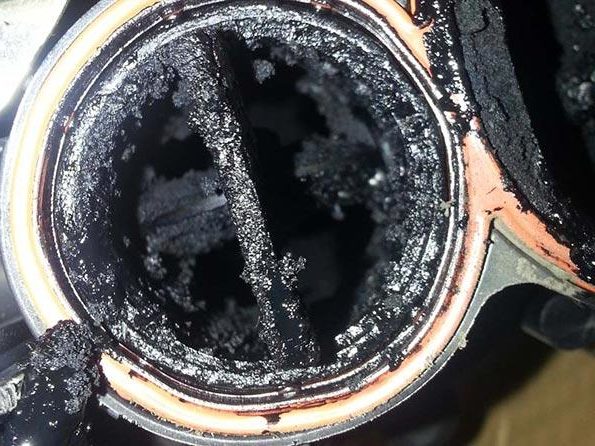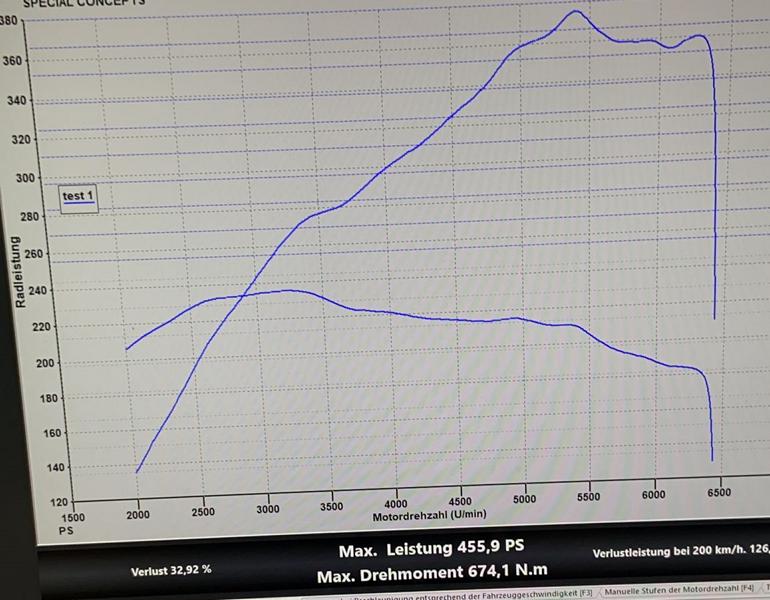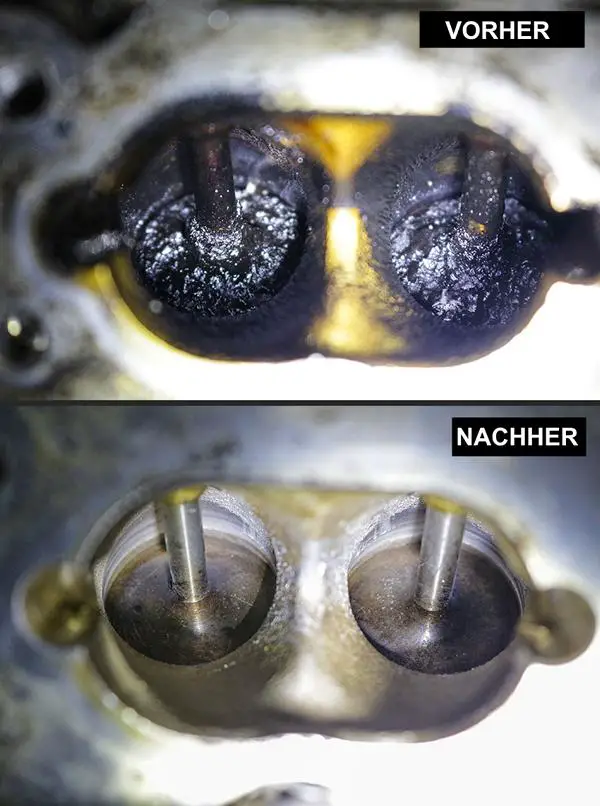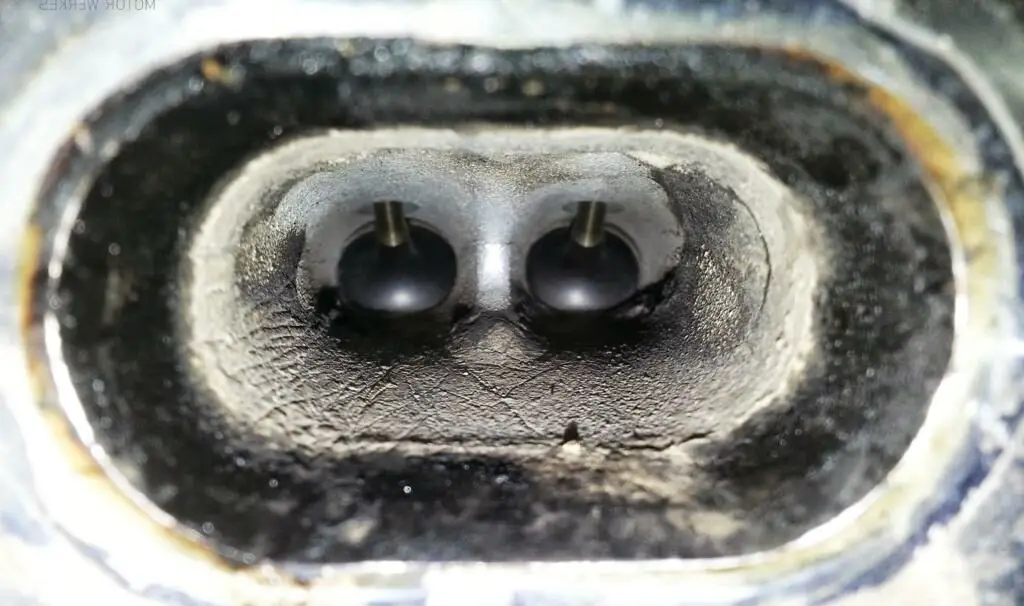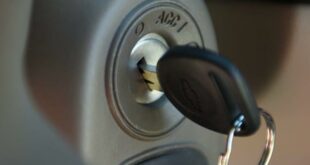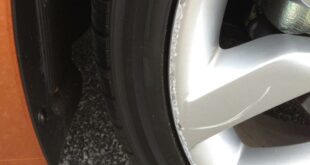An unpopular evil is that Coking of the intake tract and the Valves from the vehicle/engine. This can occur after a certain mileage and is particularly noticeable in more modern engines due to the Exhaust gas recirculation justified. A coking means that the intake system and the valves with Combustion and oil residues are polluted. Direct injection engines are usually the most susceptible to this type of contamination. But don't worry, these residues can usually be removed with the help of a professional cleaning remove. Cleaning is particularly important when the original performance of the engine is to be recovered, the fuel consumption reduced or the Lifespan should be increased. In professional circles, this type of cleaning is also known as "OPERATING“- Cleaning known. The name is based on a company that invented a cleaning system designed specifically for this problem. But the "BEDI" cleaning is not the only way to clean the engine. There are different approaches to do that. The following guide explains the ways to rid the engine of the unpopular residue.
This shows that the intake stroke and valves are coked
- the engine jerks / does not run smoothly
- performance is limited
- you can see the cracks (e.g. by endoscopy)
- fuel consumption is increased
- an error memory entry is stored (topic mixture preparation)
Coking can have many reasons, which makes it all the more important to recognize them in order to avoid or delay further coking. As a rule, however, the already mentioned exhaust gas recirculation (EGR) is responsible. The EGR has the task of helping modern vehicles to meet the emission limits. Part of the exhaust gas flow is fed into the intake fresh air. This process is in turn controlled by the AGR valve regulated by the engine control unit. And this same EGR is due to the problems gladly deactivated. However, this is illegal and severe penalties may apply. When the exhaust gases are recirculated, the valves and intake tract can become worn over time coke. The coking manifests itself in that the affected parts with Combustion and oil residues are polluted. Direct injection engines are the most vulnerable here. And often come to the usual carbonization Oil mist residue from the crankcase ventilation on this.
How does the cleaning work and how much does it cost?
There are two ways to rid the engine of coking. Either by one Dry or by a mechanical Cleaning. Depending on the condition of the parts and what symptoms the vehicle has, you choose between the two options. And the procedure of having a mechanical cleaning carried out first and then a chemical cleaning at regular intervals (e.g. every 30.000 km) has proven itself with many engines. In addition, after cleaning, a Engine oil change be performed. Depending on the engine and oil, the oil change can cost between 100 and 300 euros. Depending on the vehicle, it can also be significantly more expensive .
BEDI is a protected term that describes a specific application method with the BEDI device and with suitable cleaning agents. A real BEDI cleaning is carried out exclusively with the BEDI cleaning device and the appropriate cleaning agents.
How does mechanical cleaning work?
When strong coking are present, then mechanical cleaning is used. However, the more cylinders the engine has, the more expensive and time-consuming cleaning is. In a first step, the intake manifold is dismantled, then the radiation of the intake ducts and Valves with walnut shells is a common practice. The combustion chamber should be sealed to prevent walnut shell granules from getting inside. However, residues are often removed manually and "scratched off" or sanded off, so that the intake ports shine again like they did on the first day. If you have a mechanical cleaning done, then you should with costs of at least 500 Euros and count on two days without a vehicle. Depending on the vehicle, chemical cleaning may be recommended afterwards. Special additives are used here to clean the relevant components.
How does dry cleaning work?
Dry cleaning is particularly appropriate when the carbon deposits not strong are pronounced. Good results can usually be achieved by dismantling just one sensor so that the cleaner's lance can find its way inside from there. Cylinders, valves and the intake tract can come into contact with the cleaner while the engine is running. Of course, the effort depends on the engine type/vehicle type. For best results, this process is usually used repeated several times and in addition, the fuel becomes a special Cleaning additive added. However, dry cleaning usually costs at least 200 euros. Tip: best to do one before and one after power measurement on the test bench. In this way, the result of the cleaning can also be made visible in terms of performance through the before-and-after effect.
Remove coking yourself!
The following note is essential: For safety reasons, tuningblog recommends all repair, inspection and maintenance work exclusively to be carried out in a specialist workshop! Although our information is summarized to the best of our knowledge and belief, we cannot assume any liability for the content. All information is therefore "without guarantee".
Of course, that wasn't the end of it!
In this tuningblog category there are guides and instructions for common defects/repairs on the vehicle and for installing accessories/tuning parts. Our articles explain in a simple way common defects and the corresponding repairs, as well as explaining how the first signs of a defect become noticeable. In most cases, we also have initial clues to the repair instructions in our repair instructions approximate The costs of the pending repair are listed. The goal of our subcategory “Auto Repair Guide“ is to create a head start in knowledge for the next visit to the workshop with initial tips. This may save you from tedious troubleshooting and small things can perhaps be done directly on your own. The same applies, of course, to the installation of accessories/tuning parts. Here, too, we would like to help with the implementation with instructions and tips. There are many other posts on this as well. Below is an excerpt of the last and HERE there are all previous instructions:
"tuningblog.eu" - we keep you up to date on the subject of autotuning and car styling with our tuning magazine and present you with the latest tuned vehicles from all over the world every day. It's best to subscribe to ours Feed and will automatically be informed as soon as there is something new about this post, and of course also to all other contributions.
 tuningblog.eu Your magazine about tuning the car
tuningblog.eu Your magazine about tuning the car
